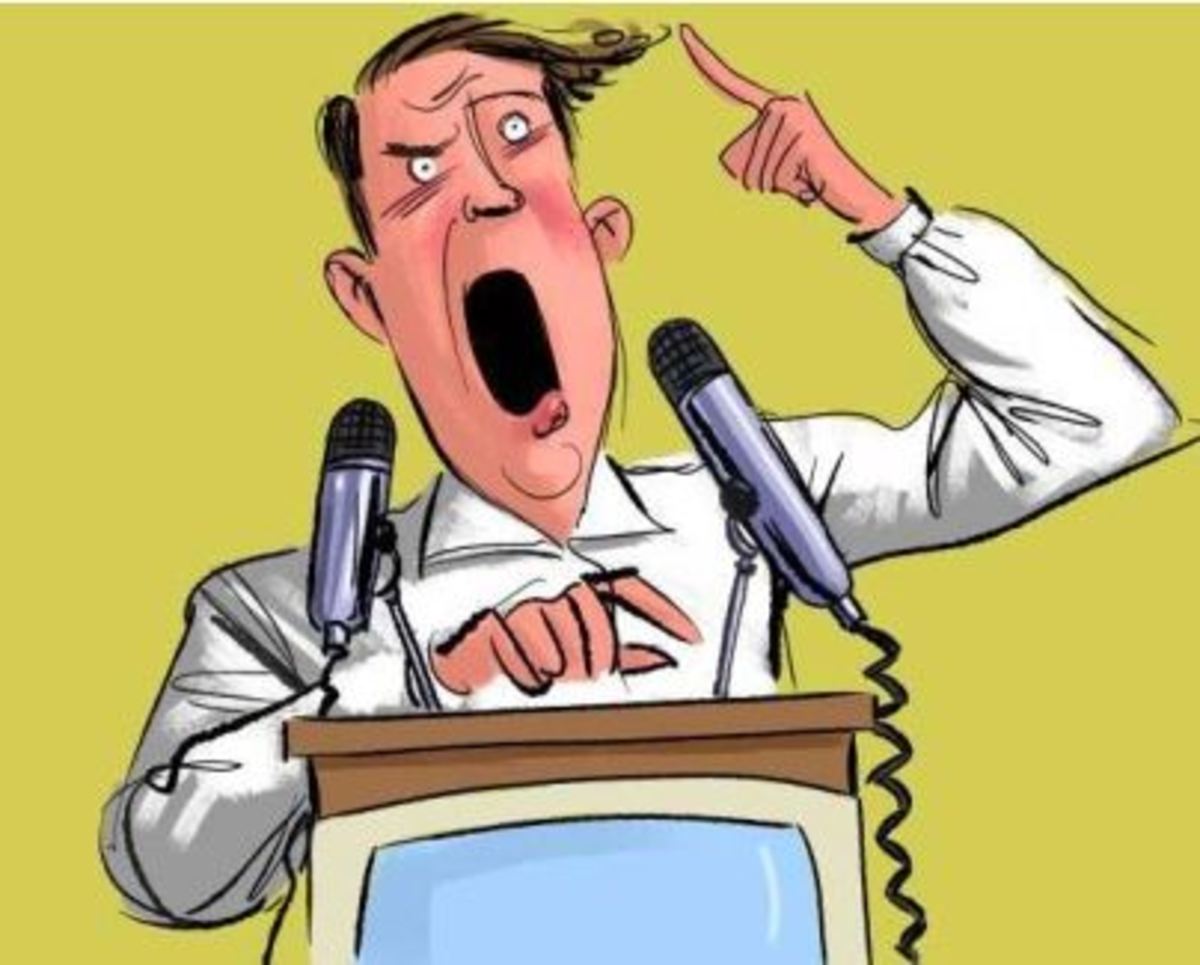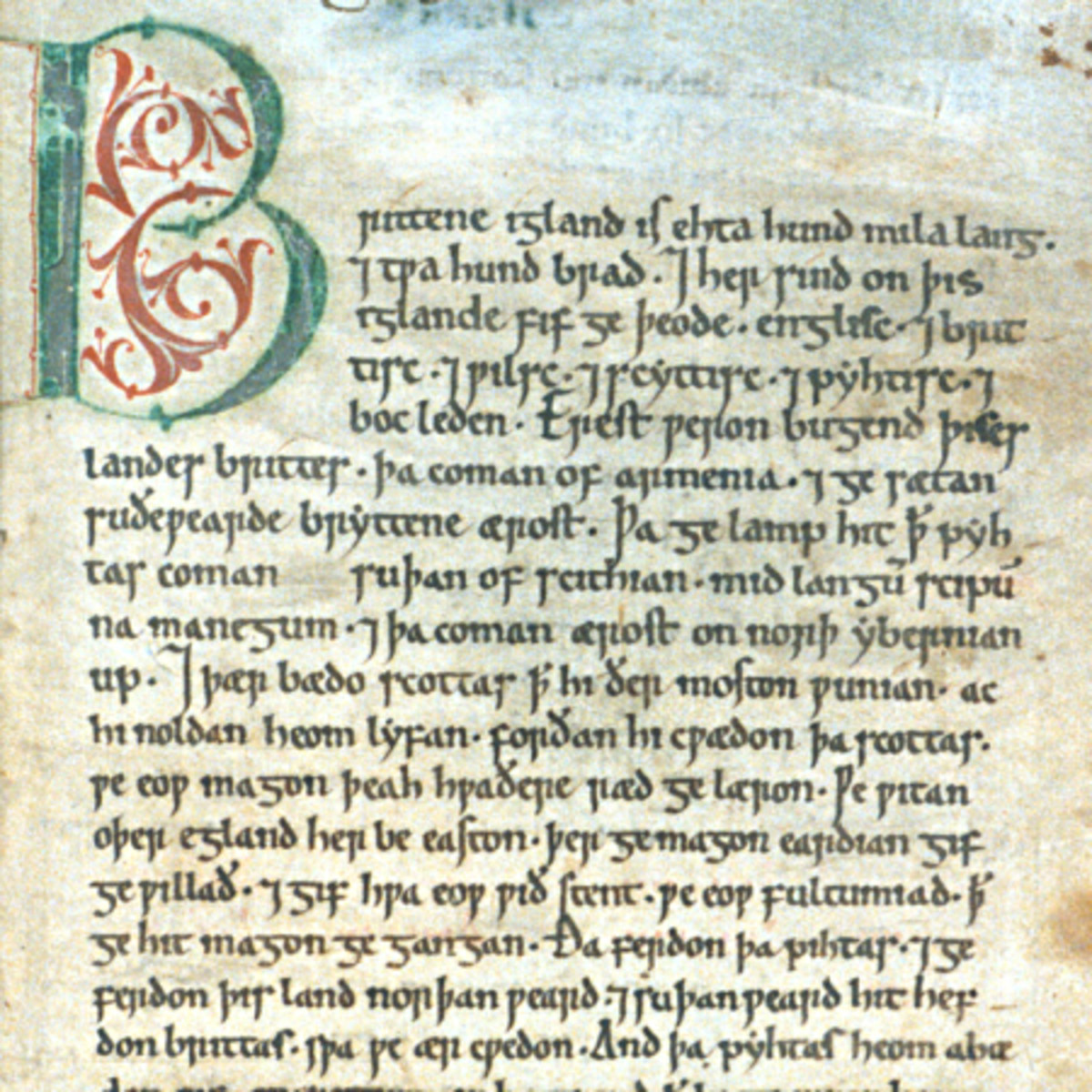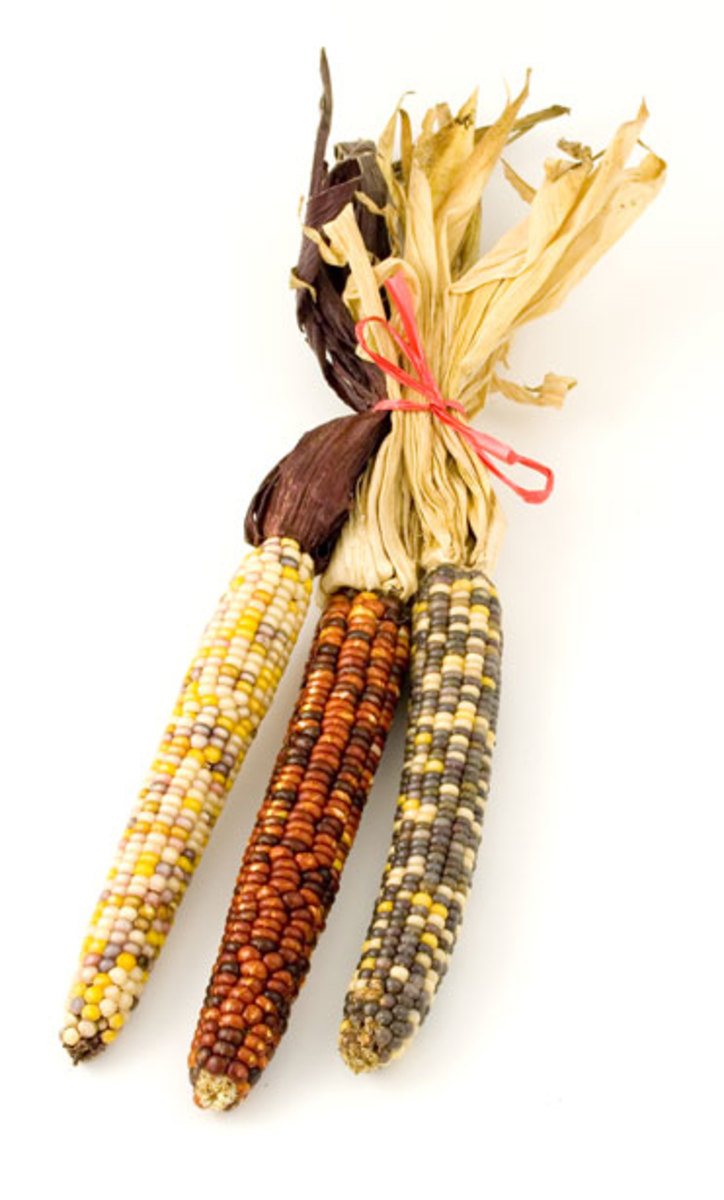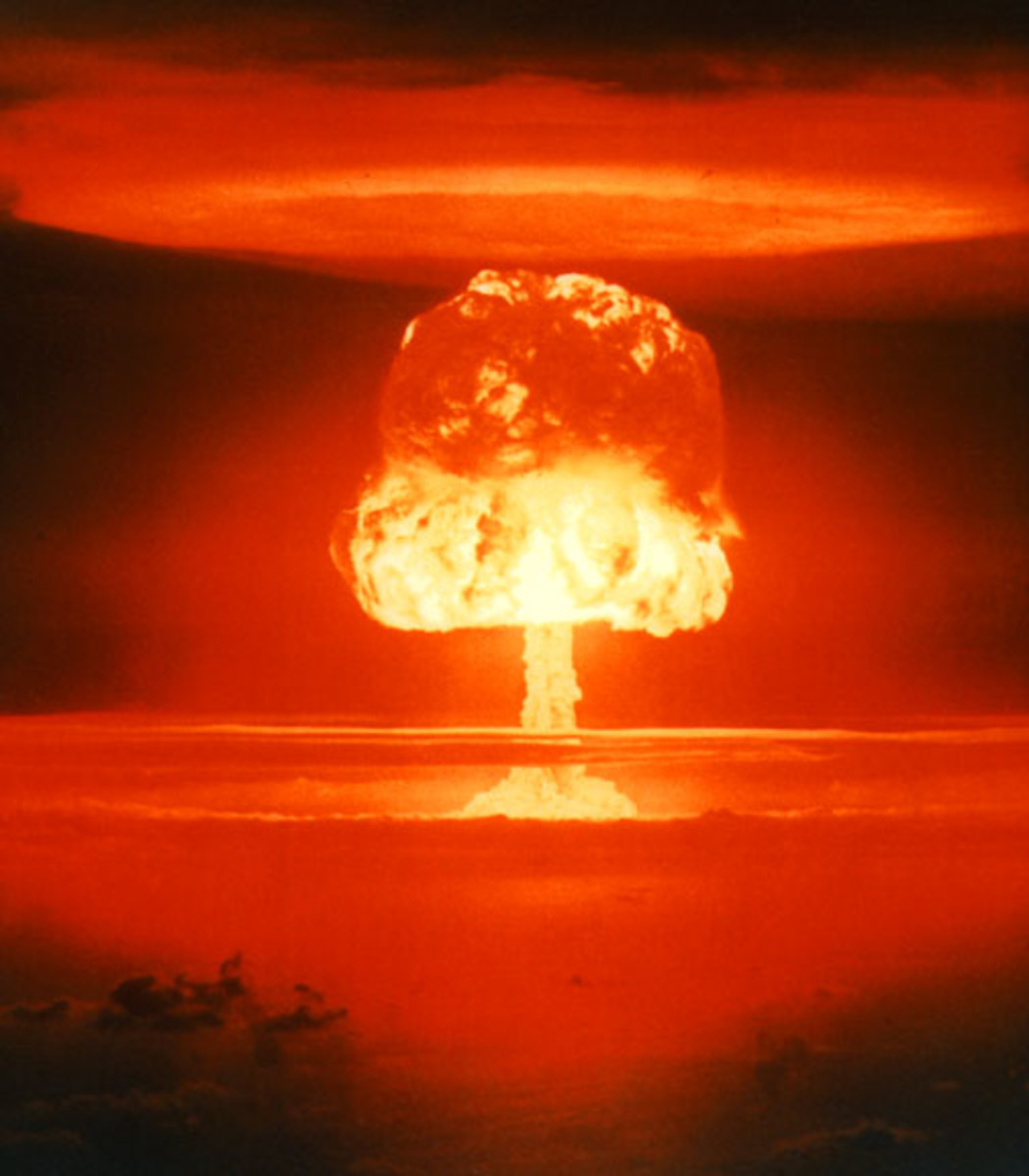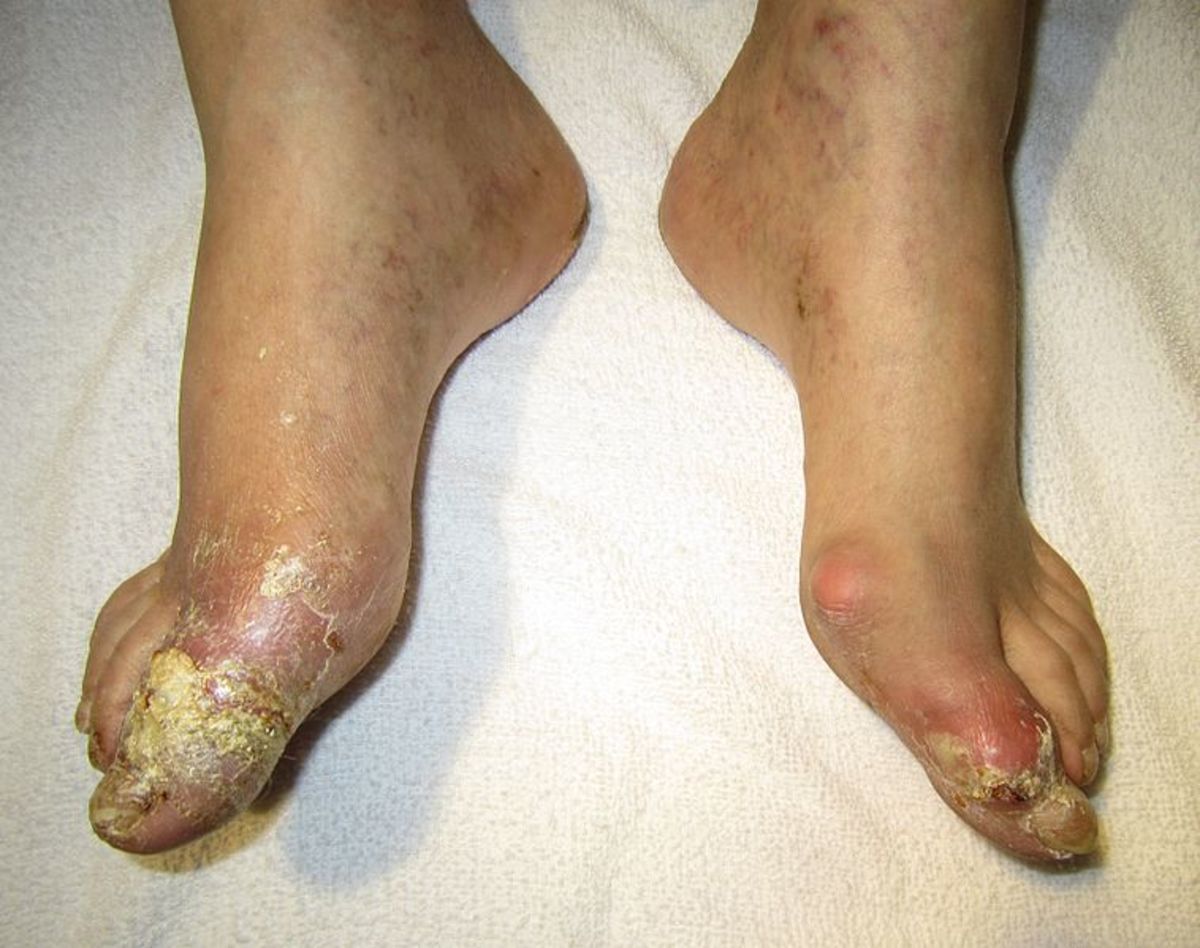If We Are What We Eat, Then We Are Corn
Contemporary American agriculture is a highly intensified food production system, classified as such due to the nation’s overly dependent reliance upon a singular crop: corn. Contained within everything from whiskey to the Big Mac, corn is an incredibly dominant component of almost all foodstuffs ingested by the American populace. This crop is although not solely confined within the realm of edibles: the grocery store which houses the far and varied forms of this grain, is itself constructed by corn-inclusive materials such as wallboard, linoleum, and fiberglass.
Included within the ingredients of household staples such as beef or soda, corn has become the cornerstone of virtually every meal due to its high yields, simple production, and ability to provide a cheap, efficient source of energy and calories. Certainly, this monocrop seems indispensible when one considers the rapid rate at which the world’s population is increasing; yet the negative consequences of corn’s unyielding presence are beginning to drastically outweigh the apparent “good” it is achieving.
Consider health, for instance. Most Americans have fallen victim to the effects of stringent intensification, in which the production of limited dietary staples drastically diminishes an individual’s possibility of consuming proper amounts of both macro and micronutrients. What results is a population that is overweight, yet malnourished. Evidence of the steady degeneration of health extends as far back as the 1970s, when it was initially suggested that diseases such as cancer, tyoe II diabetes, depression, obesity, arthritis, and additional afflictions were exacerbated by the American grain-based diet[1]. With the progression of time, the truth of this assertion has only been compounded.
The same stands for the condition of the environment; not only are methods of corn production destroying arable farmland, but poisoning the surrounding landscape by toxic runoffs, the residues of harsh fertilizers and pesticides. Within feedlots, where the cattle consumed by the U.S. populace are raised and slaughtered, conditions are just as appalling. The cows, which are fed mainly by corn but also with the remains of previously butchered livestock, and furthermore, injected with a myriad of antibiotics, exist in putrid urbanized machines that pollute even the most rural countryside.
Economic ramifications are just as bleak. Although corn provides high yields and is fairly cost-efficient to manufacture, the general cheapness of the entire enterprise impacts the wages of farmers to a damaging extent. Encouraged by federal subsidies, cultivators are baited to continue the unprofitable process of corn-production, but with no hopes of improving their personal financial state.
To put the preeminence of corn into perspective, below are a number of links to articles on the role of this singular crop:
- Traces of Corn Found in Almost All Fast Food - US News and World Report
By Randy DotingaHealthDay ReporterTHURSDAY, Nov. 13 (HealthDay News) -- New research suggests that many fast-food meals begin with a single ingredient: corn.Researchers uncovered signs of corn in food items from Wendy's, McDonald's and Burger King. - We Are What We Eat - Michael Pollan | Center for Ecoliteracy
If you are what you eat, and especially if you eat industrial food, as 99 percent of Americans do, what you are is corn. - Michael Pollan - Corn, It's What's Bad for You
Today, the American diet is not balanced. It's heavily weighted with grain and grain-based products. - Whats Eating America | Michael Pollan
Descendants of the Maya living in Mexico still sometimes refer to themselves as the corn people. The phrase is not intended as metaphor. Rather, it's meant to acknowledge their abiding dependence on this miraculous grass, the staple of their diet for
[1] Statement included, although not verbatim, in an article featured here:http://www.texasgrassfedbeef.com/corn__it_s_what_s_bad_for_you.htm
Pollan, Michael. The Omnivore's Dilemma. New York: Penguin Press, 2006.


